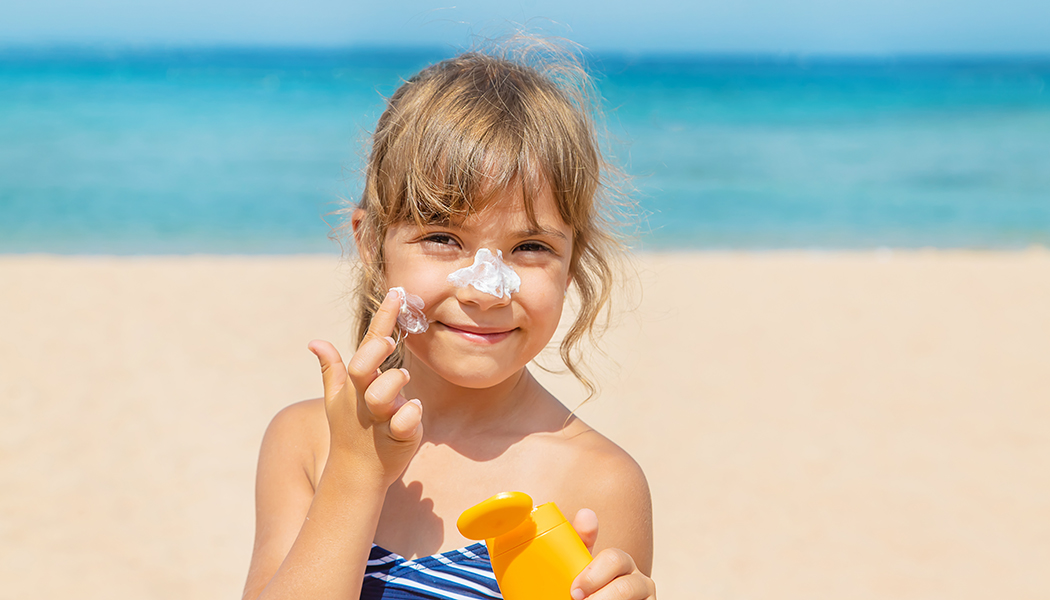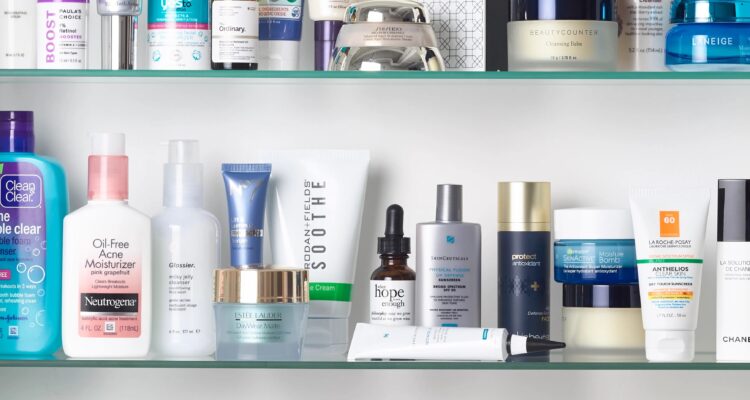We’re from the generation that lathered ourselves in baby oil and sprayed SUN IN on our hair before lying out in the rays. At age 30 we had a run-in with Melanoma which we were lucky enough to catch early.

Our dermatologist who operated on us said the melanoma was because of any earlier sunburn. Now everyone knows to wear sunscreen and yet — unbelievably — many don’t.
Applying sunscreen every day is the easiest way to prevent skin cancer…and prevent premature aging and pigmentation.
With this in mind, we asked expert Dermatologist Dr James Y Wang (Dermatologist and Founder of Metropolis Dermatology) some questions:

- How often should one apply sun care during an 8 hr day of water activity?
-
-
- The ideal reapplication interval is once every 2 hours of a water-resistant sunscreen.
-
- What areas are most important?
-
-
- The areas that are most commonly forgotten are the neck, chest, ears, lips, and top of the hands. These areas are high risk for future skin cancers and are difficult to treat due to the thin nature of the skin.
- What types of sun care do you like and why?
- The common wisdom is that the best sunscreen is the one you will use. Sunscreens are most consistently used when they feel like a light moisturizer, without fragrance, and without residue. This allows sunscreen to be incorporated into a normal skincare routine without the psychological barrier of, “I’m now applying sunscreen.”
-
- What ingredients should one look for in sunblock and why?
-
-
- Mineral sunscreens – or those with zinc, titanium, or iron oxides – have improved tremendously in the past few years. Now, ultra sheer sunscreens can mimic the feel of a chemical sunscreen. In general, it can offer higher level protection. However, sometimes a combination of mineral and chemical together can block a broader spectrum of UV rays.
-
- Are there any sun care products that stop hyperpigmentation or assist it?
-
- Any compound that blocks UV rays from reaching the epidermis and dermis can help prevent hyperpigmentation or accelerate its clearance. Depending on the type of pigmentation, blocking UV rays may not be enough. Iron oxides are able to block some visible spectrum blue light, which has been known to worsen melasma. As we understand the causes of pigmentation more over time, we are able to develop more targeted sunscreens to help with each person’s individual type of pigmentation.

We like the Shiseido brand for its wide range of powerful sunscreens, with ingredients to nourish your skin as well as protect it. (Personally, we use their Vita-Clear Sunscreen SPF 42 with Vitamin C which brightens our complexion. $38.)
And with the launch of the Shiseido Blue Project, a global effort to promote the protection of our ocean, we know buying their products aids their initiative. In 2019 Shiseido partnered with World Surf League (WSL) on a series of activities that include cleaning up beaches, coral restoration, leading global conservation campaigns like WSL One Ocean, plus promoting ocean and sun-safe habits.

ALL the Shiseido formulas are:
- Reef-friendly. Free of oxybenzone and octinoxate.
- Clear in application, without any residue.
- Water and sweat-resistant for up to 80 minutes.
- For face and body. Good for all skin types.
- Dermatologist-tested. Ophthalmologist-tested. Non-Comedogenic.

Add sunscreen into your skin routine STAT.

